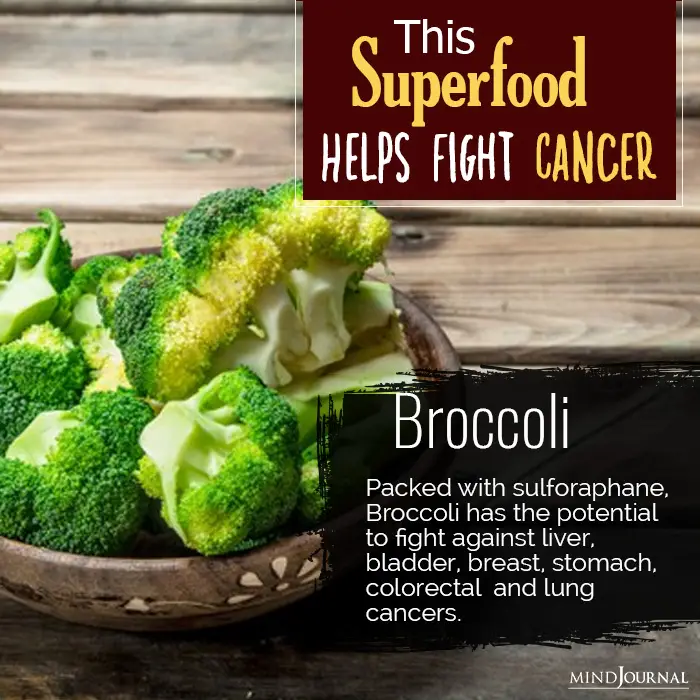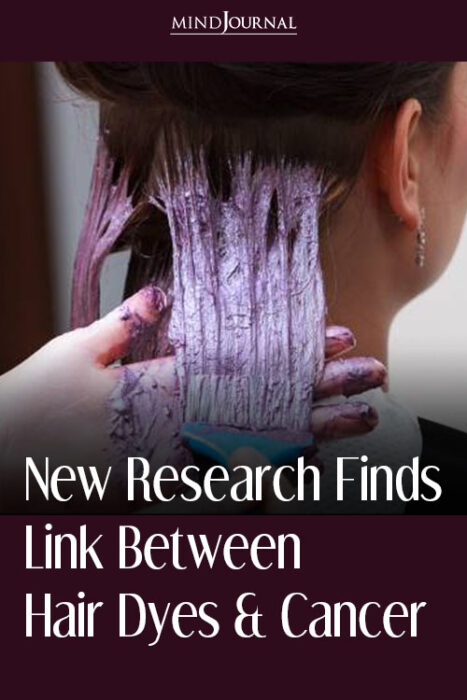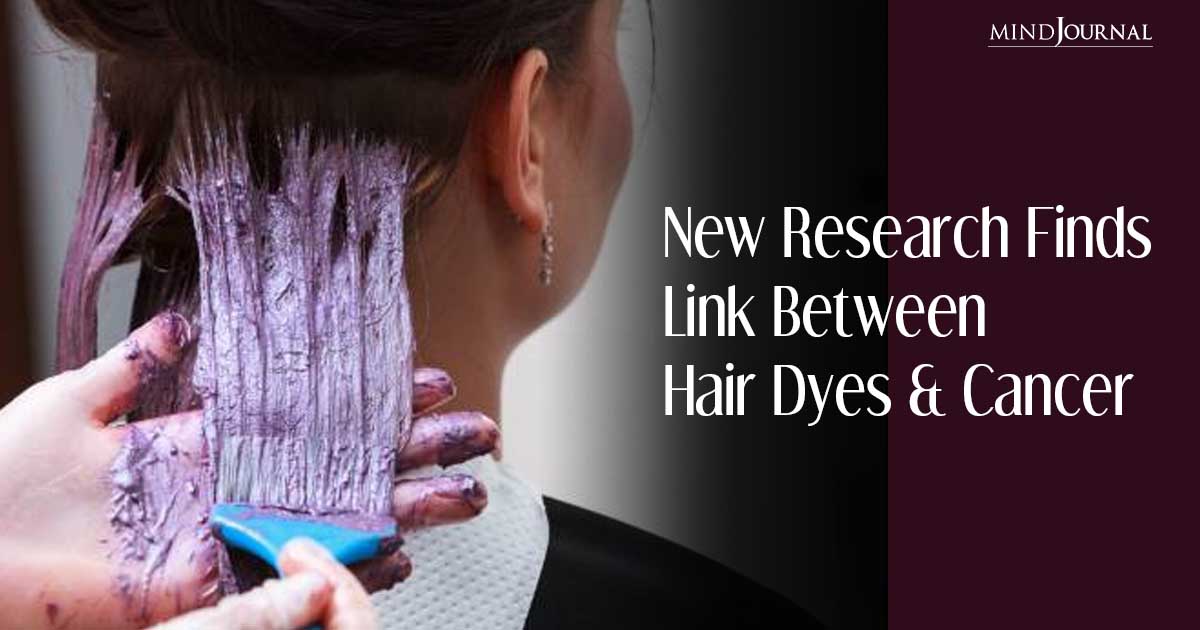Hair dyeing has been a popular cosmetic practice for centuries, allowing individuals to change their hair color and enhance their appearance. However, recent studies as reported by Yahoo News, have raised concerns about the potential association between hair dyes and cancer.
In particular, the use of permanent hair dyes and chemical hair straighteners has been linked to a higher likelihood of developing breast cancer, with a disproportionate impact on Black women.
Let’s find out what research says about the connection between hair straightening and hair dyes and cancer.
Related: 10 Superfoods That Prevent The Growth Of Cancer
What Is The Link Between Hair Dyes And Cancer, As Per Research?
In December 2019, the International Journal of Cancer published a groundbreaking study that examined the relationship between breast cancer and hair care products. Over the course of eight years, the study surveyed more than 46,700 women aged 35 to 74.
The results indicated that women who regularly used permanent hair dye had a 9% higher likelihood of developing breast cancer compared to those who did not use hair dye regularly.
Furthermore, the study identified links between the use of chemical hair straightening and cancer, especially breast cancer. Women who used hair straighteners every 5 to 8 weeks were found to be 30% more likely to develop breast cancer.
Does This Impact Black Women More?
The study’s findings also shed light on the disproportionate impact of hair dye and hair straightener use on Black women.
The results revealed that Black women who used permanent hair dyes were 60% more likely to develop breast cancer compared to white women, who faced an 8% higher risk.
Additionally, the use of chemical hair straighteners was significantly more prevalent among Black women, with 74% reporting usage, compared to only 3% of white women.
These disparities are not surprising given the historical and societal pressures faced by Black women regarding their hair. Studies have highlighted the existence of implicit bias against textured hair, which has perpetuated the notion that straightened hair is more socially acceptable.
As a result, the higher prevalence of hair straightening practices among Black women contributes to their elevated risk of breast cancer.
Related: A Magic Potion to Cure Cancer in 2 Days: Dandelion Tea
Implications and Recommendations
Although previous research on the link between hair dyes and cancer risk has produced inconsistent results, this study provides compelling evidence suggesting an association. However, it is important to note that further research is required to replicate these findings and establish conclusive recommendations between breast cancer and hair care products.
In the meantime, individuals concerned about potential risks can consider the following precautions:
1. Reduce the frequency of dyeing and straightening.
Minimize the use of hair dye and chemical hair straighteners by extending the time between applications. Less frequent use can help reduce exposure to potentially harmful compounds.
2. Explore alternative hair care options.
Consider natural or plant-based hair dyes as alternatives to chemical-based products. These alternatives may contain fewer potentially harmful ingredients.

3. Opt for safer products.
Look for hair dyes and hair straighteners that are labeled as “ammonia-free” or “paraben-free.” Such products may offer a reduced risk of exposure to potentially harmful chemicals.
4. Prioritize ventilation.
When dyeing or straightening hair at home or in a salon, ensure adequate ventilation to minimize exposure to fumes and airborne chemicals. Open windows or use exhaust fans to improve airflow.
5. Stay informed.
Keep abreast of the latest research and recommendations from reputable sources such as medical journals, health organizations, and regulatory agencies. As new findings emerge, it is essential to stay informed about potential risks and precautions.
Related: Is AI Better At Predicting Cancer Risk? New Study Suggests Promising Results
These precautionary measures minimize potential risks associated with hair dye and hair straightener use. By staying informed and adopting safer hair care practices, you can make more informed decisions about your personal grooming routines and overall well-being.









Leave a Reply
You must be logged in to post a comment.